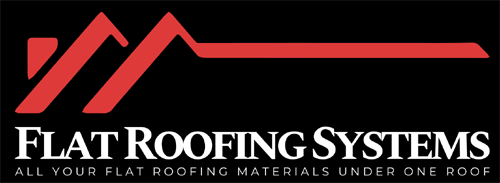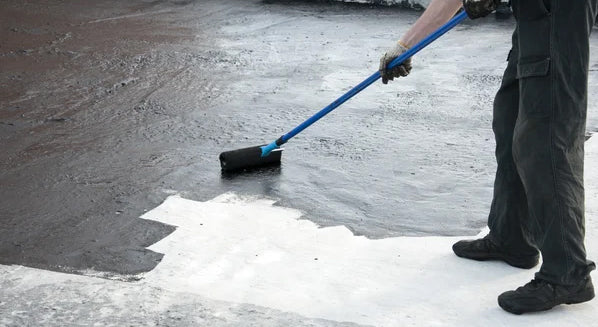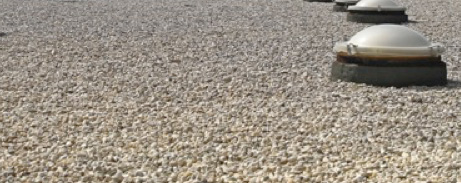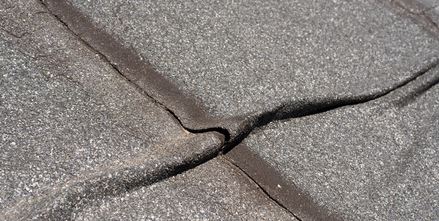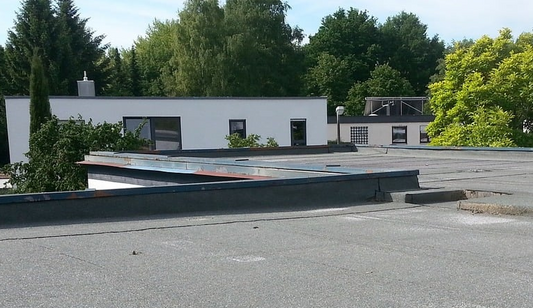Liquid applied roofing is an increasingly popular choice for flat and low pitch roofs in the UK, thanks to its seamless, durable, and weather-resistant properties. If you're considering this type of roofing system for your building, understanding the costs involved is crucial for budgeting and decision-making. In this article, we'll explore the various factors that influence the cost of liquid applied roofing installation in the UK.
Factors Affecting Liquid Applied Roofing Costs
Several key factors can impact the total cost of your liquid applied roofing project in the UK:
Roof Size and Complexity
The size of your roof is one of the most significant cost factors. Larger roofs require more materials and labor, resulting in higher overall costs. Additionally, complex roof designs with multiple levels, penetrations, or intricate details can increase installation time and costs.
Type of Liquid Roofing System
Different liquid roofing systems have varying costs. For example, polyurethane systems tend to be more expensive than modified bitumen systems. The quality and thickness of the system also play a role in pricing.
Condition of the Existing Roof Substrate
If your existing roof is in poor condition and requires extensive repairs or preparation work before the liquid roofing application, it can increase overall project costs.
Geographic Location
Labor and material costs can vary depending on your location within the UK. London and the South East generally have higher installation prices compared to other regions.
Average Cost per Square Metre
In the UK, liquid applied roofing costs typically range from £40 to £150 per square metre, including materials and labor. However, these costs can vary based on the specific system and project requirements.
Here's a breakdown of average costs for different liquid roofing systems in the UK:
- Modified bitumen: £40 to £90 per square metre
- Polyester-based systems: £42 to £48 per square metre
- Polyurethane-based systems: £40 to £50 per square metre
Keep in mind that these are rough estimates, and actual costs may differ based on your specific project.
Cost Comparison with Other Roofing Options
When compared to other roofing systems, liquid applied roofing can be a cost-effective solution in the UK, especially for refurbishment projects.
For example:
- Liquid applied roofing can provide savings of up to 70% compared to complete roof replacement costs
- Liquid roofing systems are often 60-70% less expensive than other waterproofing options
However, the cost-effectiveness of liquid applied roofing membranes in the UK depends on various factors, such as the condition of the existing roof and the specific system chosen.
Additional Cost Considerations
When budgeting for your liquid applied roofing project , don't forget to account for additional costs, such as:
- Roof inspections and assessments
- Substrate repairs and preparation work
- Primer and top coat materials
- Waste removal and disposal
Maintenance and Longevity
Liquid waterproofing systems in the UK typically have a lifespan of 20-25 years, depending on the specific system and maintenance. Regular inspections, cleaning, and minor repairs can help extend the life of your roof and prevent costly issues down the line. Annual maintenance costs for liquid roofing systems are generally lower compared to other roofing options, making them a cost-effective choice in the long run.
